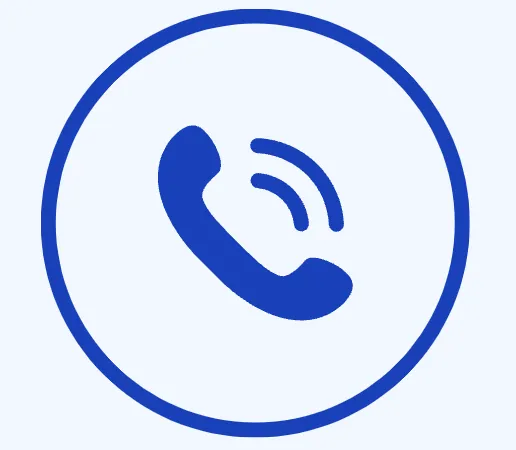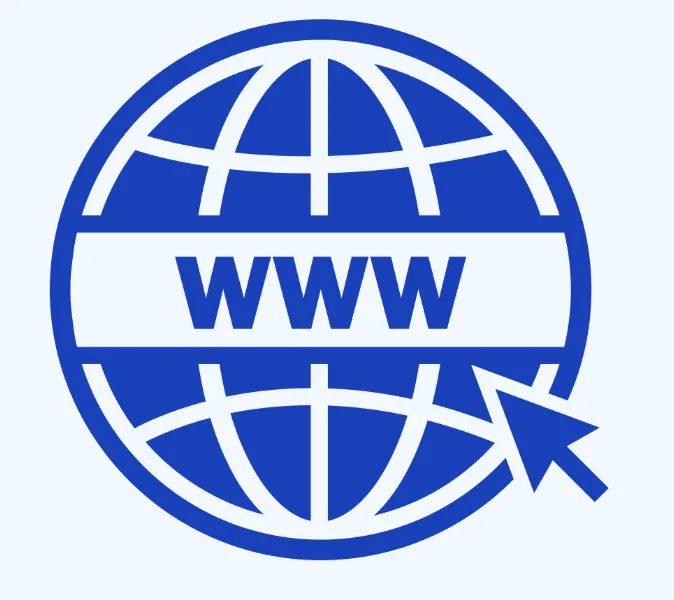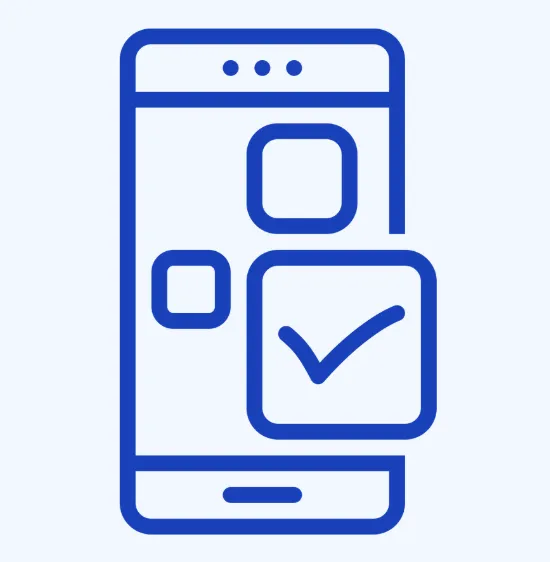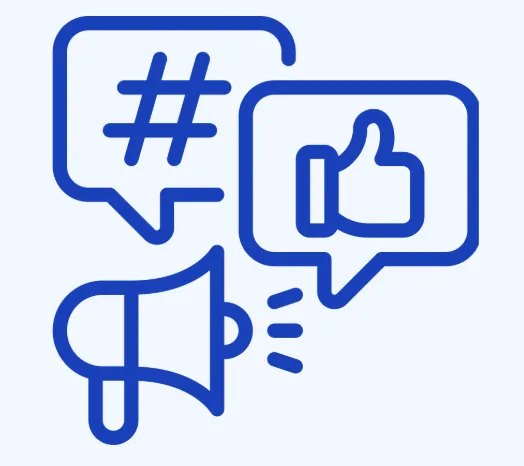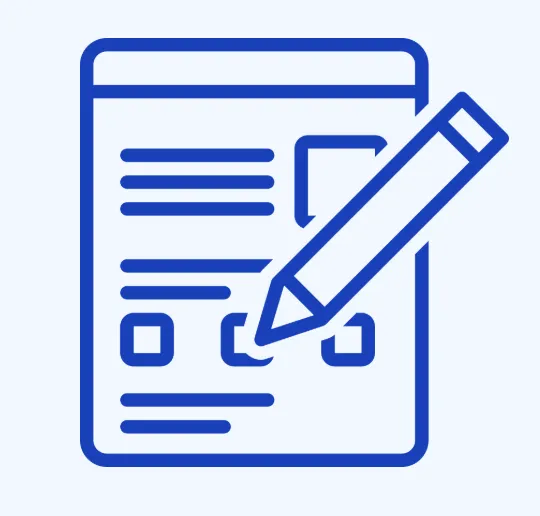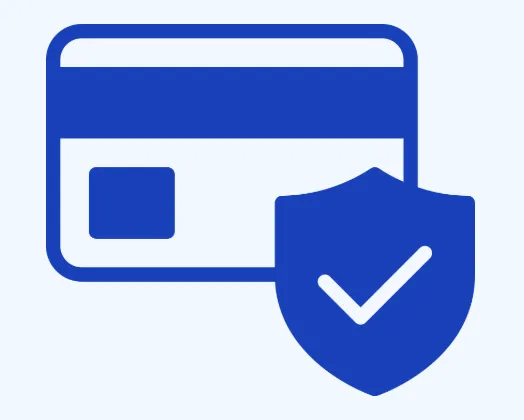
Smart Calling for Clinics—Auto Missed Call Texts by Funnel Cake MD
implementationimportantmessaging improvesunified viewcallbackspolicy changes
The modern business landscape demands rapid and accurate communication. When a customer’s call is missed, immediate follow-up is crucial to maintaining high customer service and operational efficiency. Automatic text messaging systems for missed calls offer a seamless solution—ensuring that no inquiry is left unanswered even during periods when live agents are unavailable. This technology bridges communication gaps, enhances engagement, reduces staff burden, and contributes to a return on investment through improved customer satisfaction. In this article, we explore the benefits of these systems, explain the setup process, review key features of effective phone systems, discuss different types of automatic texts available, highlight best practices for automation .
With companies striving for better customer experience and streamlined internal communication, automatic texts for missed calls present a practical, data-driven, and technology-enabled remedy. This discussion uses precise examples and structured taxonomies to explain how automated text messaging enhances business calls, optimizes service responses, and integrates with modern communication protocols such as internet protocol, VoIP, and sms . The following sections, structured with clear H2 and H3 headings, serve as a practical reference for businesses seeking to upgrade their communication infrastructure.
Discover the Benefits of Automatic Texts for Missed Calls
Automatic text messaging for missed calls delivers immediate, automated responses that keep customers engaged even outside regular office hours. This solution bridges the gap between a missed call and human follow-up, ensuring that your business remains accessible and responsive at all times.
Increase Customer Engagement Through Timely Responses
Automatic texts immediately acknowledge missed calls and inform customers that their inquiry is being addressed. A short, friendly message reassures customers that their call has been noted and a response is coming. Immediate responses boost customer engagement by reinforcing the company’s commitment to service excellence and encouraging further communication protocol that can convert inquiries into sales.
Reduce Pressure on Staff With Automated Solutions
Automating the follow-up process relieves staff from manually responding to every missed call. This reduces workload during high-volume periods and allows employees to focus on more complex tasks. Automation also minimizes human error and ensures uniform and professional treatment of every customer.
Enhance Communication Efficiency for Businesses
Automated messaging systems integrate with existing phone systems to eliminate extra processes for follow-ups. This integration reduces time spent on phone logs and manual callbacks, improves response times, and supports better internal workflow and communication efficiency.
Improve Customer Satisfaction With Immediate Follow-Ups
Immediate automated texts signal that a business values customer time and communication. Consistent follow-ups assure customers that their needs are attended to promptly. This approach improves customer satisfaction and builds brand loyalty by setting clear expectations for further contact.
Streamline Operations With Reliable Messaging Services
A reliable automated messaging system centralizes business communications without manual oversight. This reduces operational delays while ensuring that messages are accurately sent, received, and recorded. In complex environments such as call centers, automation workflow leads to faster call resolution and more efficient customer interaction management.
Gain Insights Through Automated Message Tracking
Automated texts create a digital record that enables businesses to measure metrics like read rates, click-through rates, and callback statistics. These insights help fine-tune messaging strategies and optimize follow-up timing by highlighting trends in customer behavior and preferences. Automated workflows can streamline processes further.

Learn How to Set Up Automatic Text Messaging Systems
Implementing an automatic text messaging system for missed calls requires the careful selection of technology and precise configuration to meet business needs. With many available solutions, businesses must treat this setup as both a technological and customer service enhancement.
Choose the Right Phone System for Automated Texts
Selecting a suitable phone system is essential for successful automated text responses. Modern systems that integrate with Voice over IP (VoIP), cloud-based solutions, or unified communications often offer built-in messaging functionalities. It is important to evaluate integration capabilities, ease of use, and scalability. Systems supporting customization via APIs or tools like Zapier or Microsoft Power Automate provide further flexibility.
Configure Messaging Settings for Missed Calls
After choosing the appropriate phone system, it is crucial to configure the messaging settings properly. This involves setting up triggers to activate texts automatically when a call is missed. Companies should define guidelines for tone, message length, and timing to ensure the automated texts are timely and consistent with the brand’s customer service policies.
Customize Text Messages for Various Scenarios
Businesses should tailor automated messages for different missed call scenarios. For instance, a new customer might receive a slightly different message than an existing client. Customization can include polite greetings, alternative contact options (such as directing to a help desk or voicemail), and instructions for callbacks. Personalized sms, customer retention and engagement.
Test the System to Ensure Functionality
Comprehensive testing is essential before going live. Simulate missed calls across different scenarios, time zones, and devices to ensure that trigger mechanisms work reliably. Feedback from technical teams and pilot user groups can identify any inconsistencies, helping to ensure a smooth final rollout.
Train Staff to Utilize the Automated Features
Even with automation in place, staff training is crucial. Employees need to understand how the system integrates with daily operations and when to intervene with a manual follow-up. Training should include system walkthroughs, troubleshooting, and best practices for using data generated by automated texts to ensure efficient customer query management.
Monitor Performance for Ongoing Improvements
After deployment, continuous monitoring of the automated text messaging system is necessary. Companies should establish key performance indicators (KPIs) such as response times, customer satisfaction ratings, and conversion rates from follow-ups. Regular reviews of log data and customer feedback, using analytical dashboards, help identify areas for improvement and keep the system aligned with evolving business goals.

Explore Key Features of Effective Phone Systems
An effective phone system is the backbone of robust communication, especially when it supports automatic texts for missed calls. Advanced features in these systems can enhance performance, scalability, and customer service.
Check Integration Capabilities With Existing Tools
A successful automated system should seamlessly integrate with tools such as customer relationship management (CRM) software, help desk applications, and unified communications platforms. Integration reduces the need for duplicate data entry and ensures consistency across customer service channels. For instance, linking with cloud-based platforms like Asterisk or RingCentral can provide a mobile app of customer interactions.
Review Scalability Options for Business Growth
A scalable phone system will grow with your business. Evaluate platforms for their ability to handle increased call volumes and additional features without downtime. Cloud-based and modular systems offer flexibility to accommodate seasonal spikes in call traffic and business expansion.
Assess User-Friendly Interfaces for Easy Navigation
Ease of use is critical for efficient operation. A user-friendly interface enables employees to quickly adjust settings, track missed call metrics, and integrate other applications. Intuitive dashboards that clearly display performance data boost productivity and reduce training time.
Evaluate Customer Support and Technical Assistance
Robust customer support is essential when implementing new technologies. Choose systems with dedicated technical assistance, fast response times, and regular maintenance updates to minimize disruptions in communication.
Compare Pricing Models for Cost-Effectiveness
Analyze both upfront and long-term costs including maintenance fees, upgrade expenses, and add-on charges. Many cloud-based telephony systems offer subscription-based pricing, which can be more cost-effective than traditional hardware-dependent setups. A detailed cost-benefit analysis helps ensure a positive return on investment (ROI).
Investigate Security Measures in Place
Security is paramount when handling sensitive customer data. Effective phone systems must employ robust encryption protocols, safeguard against unauthorized access, and comply with industry standards such as GDPR or HIPAA. Systems with regular security audits and multi-factor authentication help protect both customer and company data.

Understand Different Types of Automatic Texts Available
Different automated text solutions cater to varied business needs. Understanding these types helps tailor messages to specific customer scenarios for enhanced efficiency and relevance.
Acknowledge Variations in Text Types and Purposes
Automatic texts can serve multiple purposes, from immediate follow-up after a missed call to providing additional information or directing customers to further resources. For example, one message might simply acknowledge a missed call, while another might include alternative contact methods or FAQs.
Review Templates for Professional Messaging
Templates ensure consistency in tone and clarity. Professionally designed templates with placeholders for customer names, dates, and inquiry details help maintain a consistent brand voice. Regularly updating these templates keeps unified communications relevant and professional.
Customize Responses Based on Customer Preferences
Personalizing messages based on customer history can improve engagement. Frequent customers might receive a warmer greeting compared to standard messages for new callers. Tailoring responses helps boost customer satisfaction and response rates.
Set Priorities for Urgent Follow-Up Actions
Not all missed calls require an immediate response. Automated systems can prioritize messages based on criteria such as time of day or caller history. High-priority texts may promise expedited
, while lower-priority messages provide standard acknowledgments. This prioritization ensures effective allocation of resources.
Learn About Mandatory Compliance Messaging
Compliance with telecommunications regulations is essential. Automated texts should include mandatory legal disclaimers, opt-out instructions, and privacy notifications. This protects businesses from regulatory issues and builds customer trust through transparent communication and sms .
Integrate Brand Voice Into Automated Texts
Every automated message should reflect the company’s brand voice. Whether formal, friendly, or innovative, the messaging must mirror the company culture. Consistent brand voice across all channels reinforces customer loyalty and enhances overall perception.

Discover Best Practices for Implementing Automatic Texts
Successful implementation of an automated text messaging system requires ongoing strategy and adaptation to maximize customer engagement and system efficiency.
Analyze Frequency and Timing for Text Delivery
Determine the optimal frequency and timing by balancing immediate follow-up with avoiding customer overwhelm. For instance, triggering a text immediately after a missed call and following up later if needed can significantly improve callback rates without bombarding the sms
Gather Feedback to Improve Messaging Strategies
Customer feedback is invaluable for refining messaging. Regular surveys or direct feedback help assess message clarity and engagement, allowing businesses to adjust templates and strategies for better effectiveness.
Use Analytics to Refine Text Content and Approach
Integrated analytics tools track delivery rates, response times, and conversion metrics. Analyzing this data enables companies to fine-tune content and timing, adapting messages to meet changing customer behaviors and improving overall efficacy.
Encourage Customer Interactions Through Follow-Ups
Automated messages should invite ongoing engagement. Including clear calls-to-action, like “Reply for more details” or “Visit our website for assistance,” transforms passive messages into interactive conversations that deepen customer relationships.
Encourage Opt-in Strategies for Messaging
Clear opt-in processes and privacy assurances help increase customer acceptance of automated texts. Communicating the benefits upfront ensures that customers welcome timely updates and support, contributing to a more engaged customer base. Privacy assurances help increase customer acceptance of automated texts.
Regularly Update Text Templates to Stay Relevant
Periodic reviews of text templates ensure that messages remain accurate and compliant with evolving regulations and customer expectations. Regular updates keep communication fresh and reflective of any service.

Examine Common Challenges With Automatic Text Messaging
Despite the benefits, several challenges can affect the implementation of automated text messaging. Addressing these issues is key to maintaining a smooth communication platform.
Address Potential Errors in Text Delivery
Technical issues such as glitches or misconfigurations can cause message delivery failures. Robust error management protocols and real-time monitoring are essential to detect and resolve issues swiftly, ensuring continuity in communication.
Mitigate Risks of Being Perceived as Spam
There is a risk that automated texts could be seen as spam. To mitigate this, businesses must adhere to best practices in message content, timing, and concise formatting. Clear opt-out options and compliance with guidelines help ensure messages reach the intended inbox.
Align Messages With Customer Service Standards
Automated messages should complement the company’s overall customer service standards. Overly generic or robotic responses can alienate customers. Developing templates in collaboration with customer service teams and incorporating periodic reviews ensures a balance between automation and a personal touch.
Prepare for Technical Issues During Implementation
Network outages, software bugs, or integration problems may arise during implementation. Having contingency plans, redundant systems, and quick-response technical support helps manage these issues without significantly impacting service delivery.
Manage Customer Expectations Regarding Responses
Customers might expect detailed responses from automated texts. Communicating clearly that the text is an acknowledgment and that a live representative will follow up helps set realistic expectations and reduces frustration.
Ensure Consistent Updates and Maintenance of Systems
With rapid technological changes and evolving customer needs, regular system updates and maintenance are crucial. Continuous improvements based on user feedback and analytics ensure that the platform remains efficient, secure, and aligned with business growth.
Table: Key Features Comparison of Effective Phone Systems
Before delving into specific challenges and benefits, it is useful to examine the key features that define an effective phone system with automatic text capabilities. The table below summarizes the major attributes and associated benefits, helping businesses understand essential selection criteria.

The table above provides a snapshot of critical features in modern phone systems. An effective system enhances communication, reduces errors, and ensures that sms texts significantly boost customer service outcomes.
Frequently Asked Questions
Q: How do automatic texts improve customer engagement? A: Automatic texts immediately acknowledge missed calls, reassuring customers their inquiry is noted. This prompt response reduces uncertainty and increases engagement by reinforcing that the business values prompt sms.
Q: Can automatic texts reduce the workload for customer service teams? A: Yes, by automating the initial follow-up, staff can focus on more complex inquiries. This reduction in routine tasks leads to improved operational efficiency and higher overall productivity.
Q: What are the integration requirements for setting up an automated text system? A: The system should support VoIP and APIs to ensure seamless connections with CRM tools, help desk software, and other platforms. This enables triggers to function properly and data to flow smoothly between systems.
Q: How can businesses ensure that their automated texts are not perceived as spam? A: By adhering to best practices in message format, content, and timing, including clear opt-out options, businesses can prevent texts from being flagged as spam. Personalized, timely messages further help maintain a professional appearance.
Q: What steps should a business take to monitor and refine its automated text messaging system? A: Ongoing monitoring through analytics tools is critical. Regularly updating templates, gathering customer feedback, and conducting system tests ensure the messaging remains effective and adapts to customer needs.
Q: How do automated texts integrate with existing phone systems? A: Most modern systems integrate automated texts through APIs and built-in messaging modules. This allows for seamless configuration of triggers and message templates, supporting both voice and text-based communication.
Q: Are there any specific security concerns with using automated text systems? A: Security is essential. Businesses must use systems that implement strong encryption, multi-factor authentication, and regular software updates. Compliance with data privacy regulations such as GDPR and HIPAA is also crucial.
Final Thoughts
Automatic text messaging for missed calls transforms customer interactions by ensuring every call is followed up—even when live agents are unavailable. This integration enhances engagement, operational efficiency, and customer trust through consistent, timely responses. As technology evolves, companies are encouraged to adopt automated systems to remain competitive and achieve measurable improvements in communication. The strategies and best practices discussed above provide a clear roadmap for successful system implementation and ongoing refinement.

